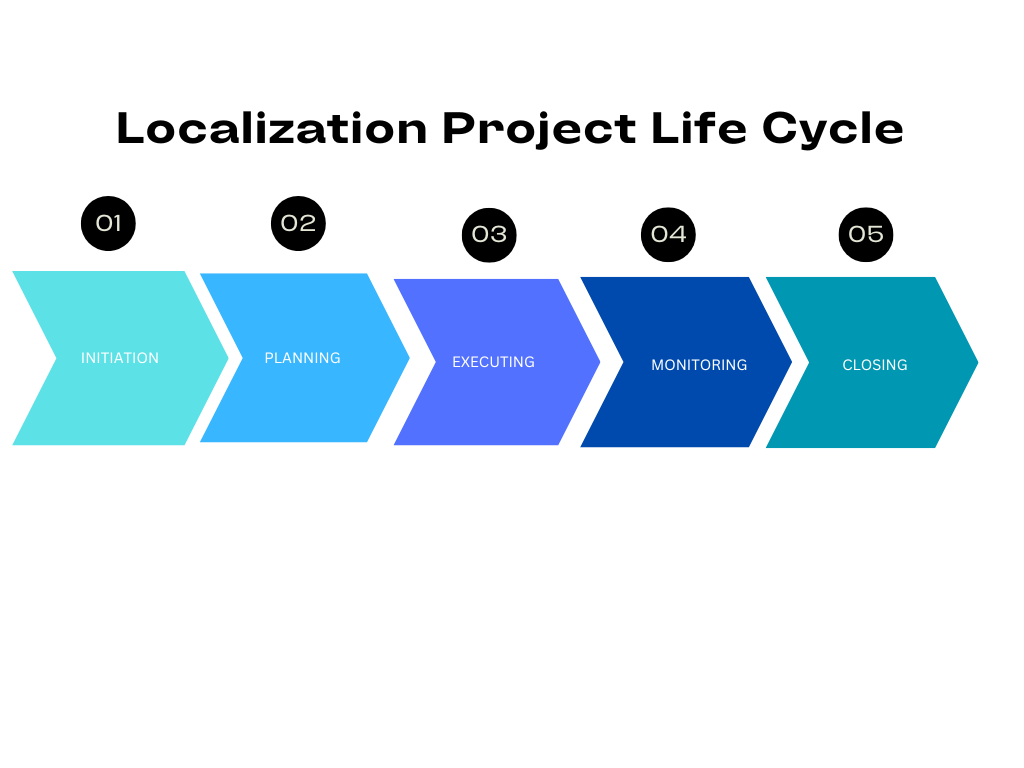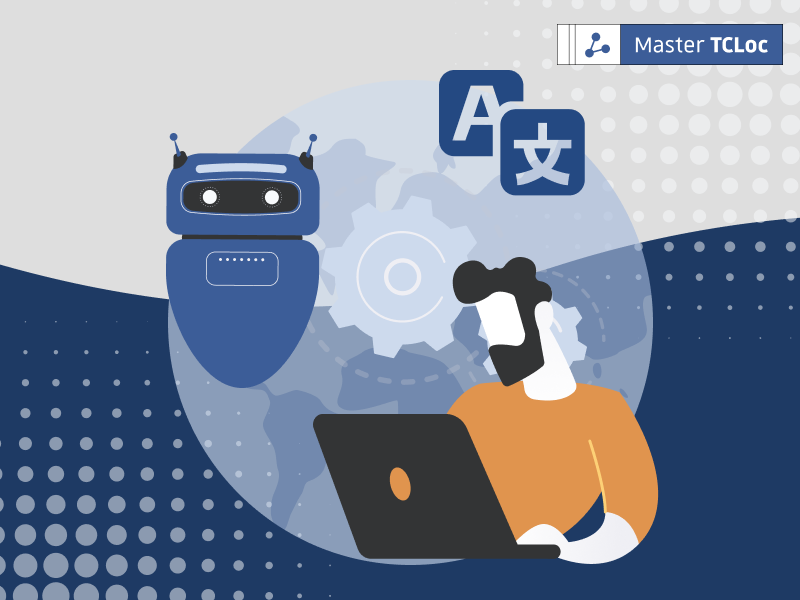We are more connected today than ever before. On average, we see around 10,000 ads per day, reflecting a world where businesses can expand into new and prolific markets. This interconnectedness brings both opportunities and challenges. Consumers now have access to a global marketplace 24/7, making simple translation insufficient. To truly resonate with diverse audiences, businesses must invest in Localization Project Management—a strategic approach to adapting products and services for international markets.
Localization Needs Project Management
Localization Project Management is the process of planning, executing, and directing the adaptation of products and services for international markets. Navigating the intricacies of Localization is a complex process that demands high organizational skills. Big objectives require big teams, big teams require effective management.
Localization Project Managers (LPM) act as the central key in the coordination of such multifaceted teams. A LPM needs to be a jack of all trades to ensure the project’s success by connecting all of its pieces.
LPM’s ultimate task is to put their knowledge, techniques, tools, and skills to the service of the project goals and requirements to deliver on time and budget.
Localization Project Management Step-By-Step
Every project is unique. It’s up to the LPM to know the ins and outs of their particular project and adapt to its needs and requirements.

Initiation:
- First steps: establish goals, target markets, scope, and budget. Define the project and its desired outcomes.
- Itemization: select what exactly needs to be localized.
- Supplier Selection: research and choose service providers that adjust to your specific needs.
- Terminology: use tools such as glossaries to ensure consistent translation, and establish clear style guides and other documents that protect the brand’s consistency.
Planning:
- Set-up: a project is temporary, determine a beginning and an end. Evaluate the timescale, costing, and quality assurance procedures.
- Localization kits: assemble valuable materials to help the translators do their best work.
Execution:
- Content suitability check: ensure that the content is localizable, pay special attention to the format of files, and consider cultural nuances that require extra attention.
- Translation: provide the translators pre-segmented and pre-translated documents and terminology, as any other fitting translation resources for context.
- Review and editing: have linguists proofread and edit the target content.
- Quality Assurance (QA): a polished product must undergo QA to avoid consistency problems or minor errors and meet your team’s standards.
Monitoring and closing:
- Testing: once we have localized content, we need to see it in action and evaluate its performance.
- Cultural awareness: sensitivity reading.
- Approval: once everything has been evaluated and passed all your checklists and standards, it’s time for the stakeholders to give their approval.
- Launch and Maintain: deployment and implementation of the localized content.
- Follow-up: plan and budget with maintenance in mind, many problems only arise after launch.
The Complexity of Pricing Translation
Translations costs are not fixed. You will have to take into account some variables to calculate the costs. Let’s break down the key elements influencing your bill:
- Language combination: different languages have different rates depending on their rarity and complexity.
- Content specialization level: the easier the content, the swifter/cheaper the translation process.
- Volume and deadlines: high word counts and tight deadlines affect the final pricing.
- Extra Services: Proofreading and Editing may come as additional costs.
Choosing a Pricing Model
Being able to choose the optimal pricing model for your project’s translation is extremely valuable, as you will be able to maximize the profit of your investment by making an informed, cost-effective choice. Translation pricing is a complex subject, both companies and freelancers have a wide range of pricing models to pick from. Once you have chosen a vendor it will be much easier to budget the project since every model is based on a measuring unit (per word, per hour, per project, etc.). More on translation pricing here.
Master Localization Project Management
Now you have an overview of what successful localization project management aims to achieve and what you should take into account when it comes to budgeting.
Are you thinking about starting a career on Localization Project Management but don’t know where to begin? We got you covered, start learning for free.



